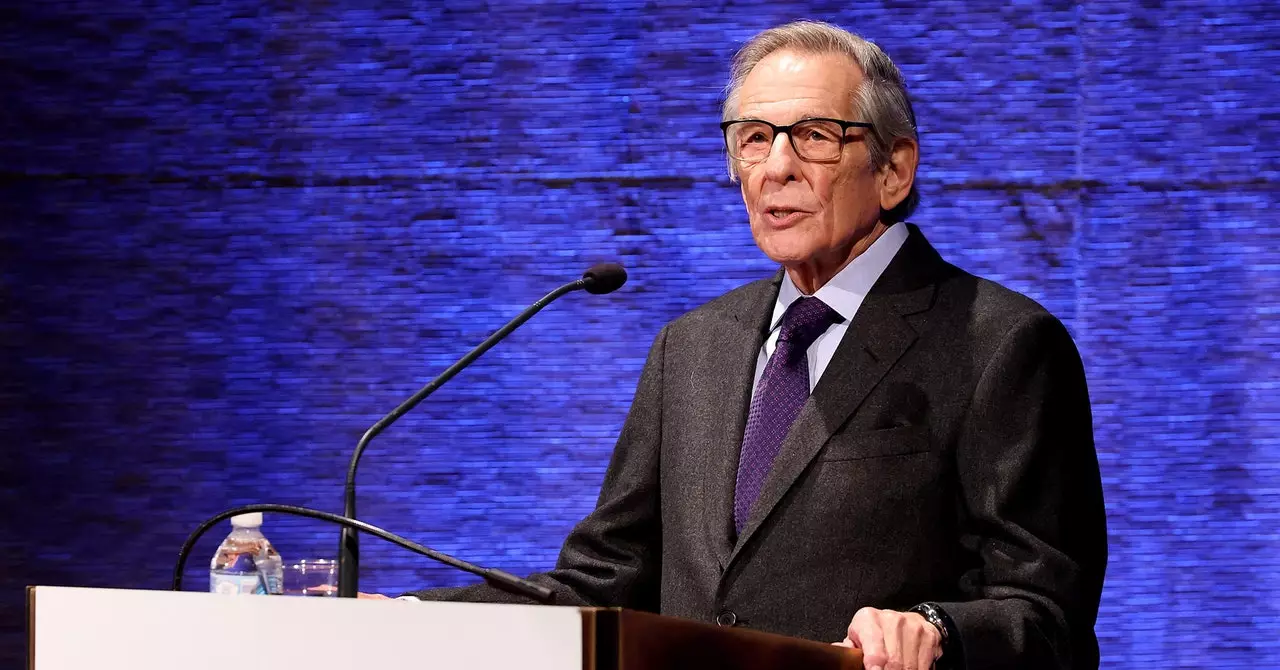In today’s fast-paced world, leaders often find themselves seeking more efficient ways to convey information, particularly in the dizzying realm of meetings and presentations. However, this relentless pursuit of brevity can inadvertently undermine the effectiveness of communication. The debate surrounding the use of summaries versus comprehensive documents has emerged as a focal point in the discourse on effective leadership and engagement.
The Bezos Effect: A Case for In-Depth Engagement
A notable example of the dangers associated with summary-focused communication is Jeff Bezos’s radical approach during his tenure as CEO of Amazon. By banning PowerPoint presentations, Bezos insisted on the creation of detailed six-page memos. This method wasn’t just about documentation; it forced those in leadership positions to deeply evaluate their proposals and arguments. The silence that precedes discussion, during which all participants read the six pages, ensured that everyone arrived equipped with a thorough understanding of the topic at hand. This not only elevated the quality of discourse but also maintained the focus on the substance rather than superficial slides of bullet points.
The rigor required to produce these memos cultivates meticulous thought processes and encourages individuals to articulate their ideas with precision. In contrast to the common tendency to condense information into accessible formats, such as summaries or presentations, Bezos’s method underscores the importance of detail and critical reasoning in leadership discussions.
While some may argue for the efficiency of summarization, this practice raises significant concerns about its long-term implications. As large language models (LLMs) and AI tools dominate the landscape of information processing, there is a risk that reliance on these technologies may stunt critical thinking and diminish writing skills. If leaders and employees begin to skip the nuances of reading original documents, preferring instead to rely on AI-generated summaries, we may witness a decline in the quality of written communication across the board.
The challenge lies in the potential erosion of creativity and depth in professional writing. Why invest time and energy in crafting compelling narratives or conducting comprehensive analyses if an AI can distill everything into digestible bullet points? This not only applies to casual emails and reports but extends to critical documents that shape organizational policy and strategy. As the quality of discourse plummets, we might end up with bland and uninspired communication, resembling the stale outputs of a photocopier that has reproduced its content through multiple generations.
The interjection of AI tools into the workplace raises the question of whether these innovations truly enhance meetings or create new barriers. As observed in a conversation with Sam Liang, the CEO of Otter, the prevalence of AI in meeting environments has already begun to alter attendance dynamics. Instead of being present in discussions, many leaders and employees find themselves opting out, secure in the knowledge that they can access summaries afterward.
This dichotomy indicates a troubling trend: if people believe they can forego attendance without losing valuable insights, the very fabric of collaborative decision-making may unravel. Liang, in expressing his selective approach to meetings, emphasizes the importance of ranking meeting invitations based on their potential value—underscoring a shift in mindset. If leaders start valuing presence based merely on the potential of a summary, the nuances of discussion, real-time feedback, and brainstorming will be deprioritized.
In an era dominated by rapid information consumption, it is crucial for leaders to return to the principles of deep engagement. Bezos’s approach offers a viable blueprint, advocating for thorough documentation and an insistence on in-depth discourse. While AI can augment efficiency, understanding its limitations is essential to maintaining the richness and creativity inherent in communication. As we navigate the complexities of the modern workplace, the challenge will be to leverage technology while fostering critical thinking and a genuine appreciation for nuanced discussions. The future of effective leadership hinges on our ability to resist the allure of shortcuts and promote an environment where depth of thought and quality communication thrive.

